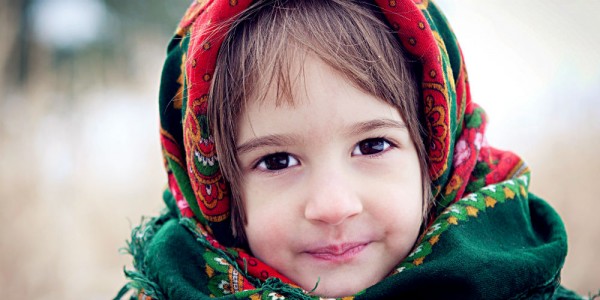International (or intercountry) adoption was virtually unknown in the United States until the 1950s in the aftermath of the Korean war when the first “international adoption program” came into being from that country. Since that time, adopting across national boundaries has become increasingly popular, not only in the United States, but around the world.
The decade 1993-2003 saw explosive growth in numbers of children adopted in the U.S. from other countries. The number of international adoptions each year is estimated from the number of immigrant visas issued to orphans coming into the U.S. In 1993, that number was 7,377, and in 2003, the number of visas issued jumped to 21,616 … an increase of almost 300 percent.
Whether or not to adopt internationally is a choice made for many different– and sometimes very personal– reasons. Some of the more frequently expressed pros and cons include (but are not limited to):
PROS
- more flexible upper age limits for adopting parents in many countries
- no birth family involvement (generally)
- racial or ethnic preferences
- perception that it doesn’t take as long as domestic
- perception that children from orphanages are better-adjusted than children from foster care
CONS
- concerns about health of children raised in orphanages
- limited medical & family history (generally)
- program suspensions or indefinite delays without notice
- costs and travel commitments
- documentation requirements (the “paperchase”)
As you begin to explore international adoption for your family, here are some basics to keep in mind:
- Your state and country laws as well as the laws of the child’s country of origin must be observed;
- The child care system in other countries is often very different from what you are accustomed to, and these differences may be cultural as well as economy-based;
- When you adopt internationally, you do not assume your child’s cultural and ethnic identity, nor does your child assume yours. The result is something even better: you become an international and diverse family, each member bringing new talents, traits, traditions, and history to the mix.

